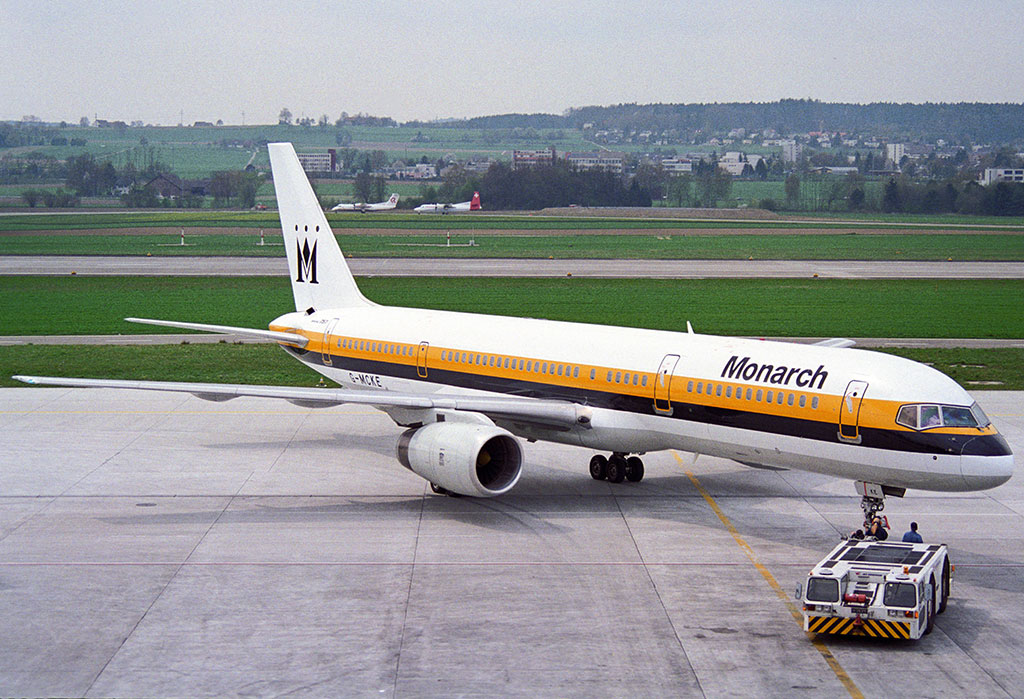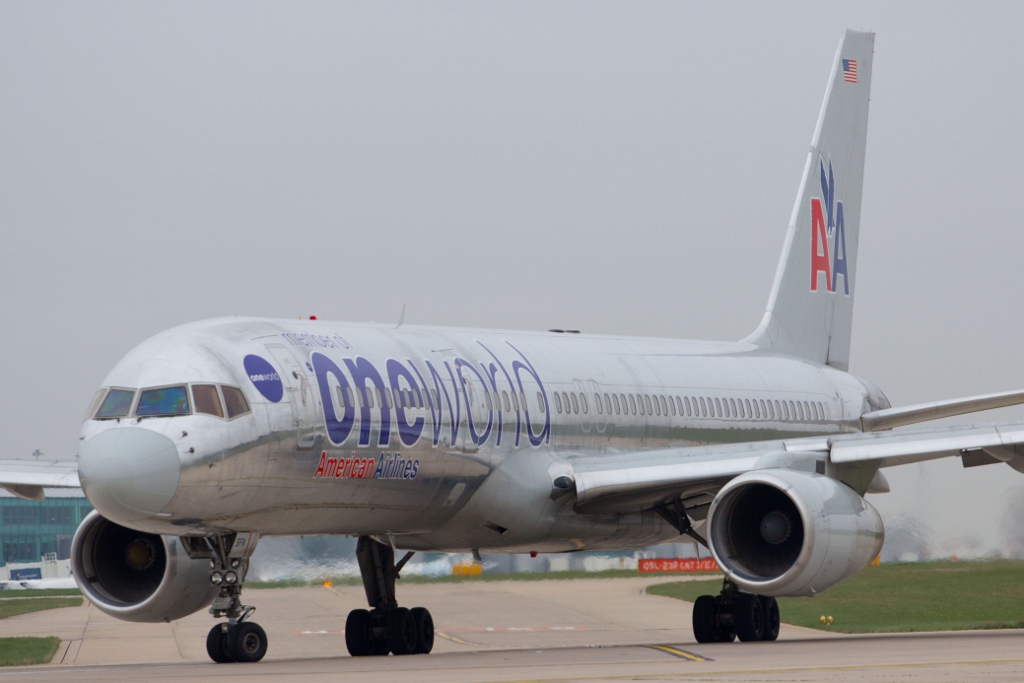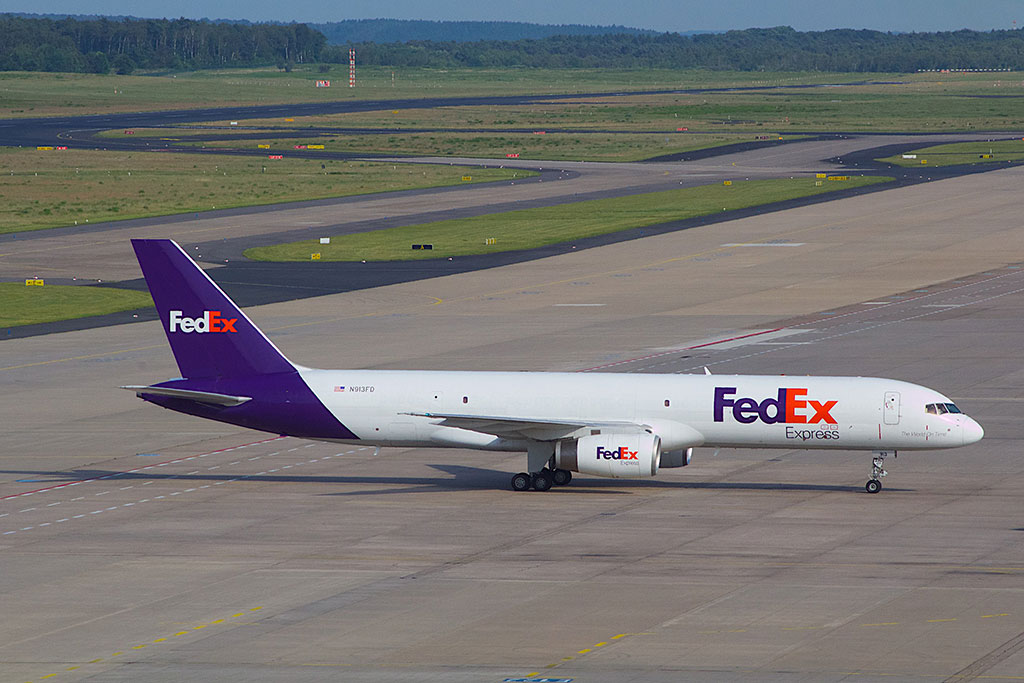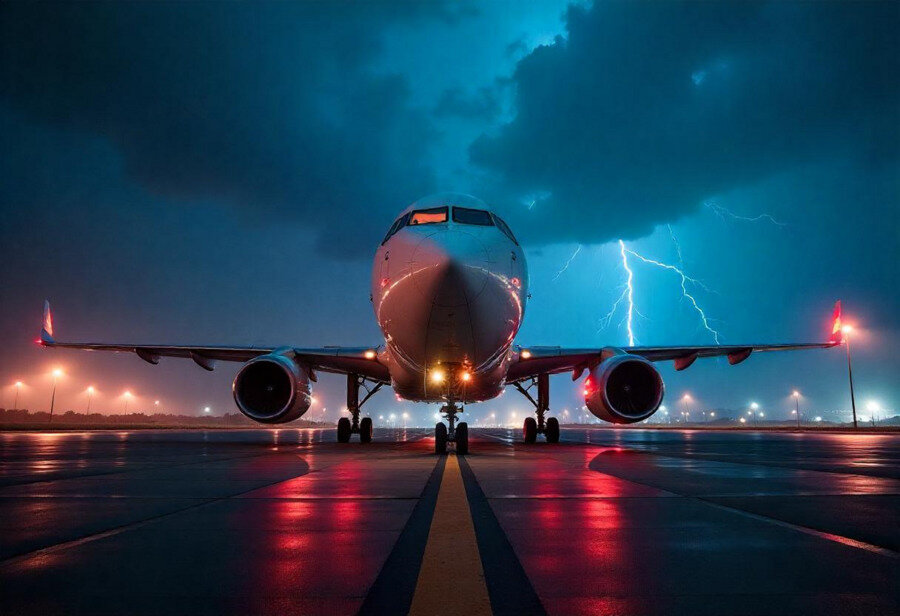5 Ways the Boeing 757 Revolutionised Air Travel
When Boeing introduced the 757 in the early 1980s, few could have predicted just how much of an impact this long, narrow twinjet would have on commercial aviation. Designed as a replacement for the Boeing 727, the 757 would go on to become one of the most versatile and respected aircraft ever produced.
Though production ended in 2004 and the number of active examples is now slowly declining, the Boeing 757 remains a mainstay for airlines like and , and is still a common sight at many airports around the world. Here’s how this remarkable aircraft helped revolutionise air travel:
The Boeing 757 was one of the first narrowbody aircraft to prove itself capable on both short domestic hops and longer international routes. With its and powerful engines, airlines were able to fly thin, transatlantic routes that previously required widebodies. It made flights from smaller U.S. cities to Europe viable—particularly for carriers like , , and , as well as—long before the A321XLR came along.
This flexibility helped , reduced operating costs, and gave passengers more direct connections.
The 757’s is legendary. With its sleek wing design and Rolls-Royce RB211 or Pratt & Whitney PW2000 engines, the aircraft could take off from short runways, climb fast, and operate efficiently at high altitudes and in hot conditions. This made it a favorite for airports like , , and , and on in the U.S.
Pilots praised its performance, often calling it , and many airlines found it indispensable on performance-limited routes where other narrowbodies would struggle.

Push-back of Monarch’s Boeing 757-28A G-MCKE at Zurich in April 1995. (Aero Icarus, licensed under CC BY-SA 2.0)
The 757 was instrumental in expanding the use of , helping pave the way for modern ETOPS (Extended-range Twin-engine Operational Performance Standards) operations. Along with the 767, it allowed airlines to begin using more efficient twinjets on routes previously dominated by trijets and quadjets.
This shift had a long-lasting impact—today, almost all long-haul commercial flying is handled by two-engine aircraft, from the Boeing 787 to the Airbus A350.

With its long fuselage and narrowbody layout, the 757 offered airlines significant flexibility in configuring the cabin. The 757-200 typically seats 180–200 passengers, while the stretched 757-300 can carry over 240 in a high-density layout—giving it the capacity of a widebody without the operational overhead.
This made it ideal for , charter services, and even (like United’s and Delta’s lie-flat services between JFK, LAX, and SFO).

Photo (c) RussellHarryLee
Beyond the stats and capabilities, the 757 won over both passengers and crew. From its to its and , it became one of the most well-liked aircraft among those who flew and operated it.
Passengers appreciated its compared to widebodies and its , while enthusiasts admired its , , and on departure.

Boeing 757-28A (SF) N913FD of FedEx. (Lars Steffens, licensed under CC BY-SA 2.0)
Boeing ceased production of the 757 in 2004, with over 1,000 aircraft built. While calls for a true successor (sometimes dubbed the “757 replacement” or “757 MAX”) have come and gone, no direct follow-up has fully captured its mix of range, performance, and capacity.
Today, many 757s have found new life as freighters, or continue to fly with Delta Air Lines, United Airlines, and a handful of international carriers. But with age catching up and more efficient aircraft entering the market, its numbers are gradually declining.
Still, the 757 remains a legend—an aircraft that revolutionised air travel not through radical technology, but by being exceptionally good at almost everything it was designed to do.
Are you a fan of the 757? Share your favourite memories, photos, or flights on this classic aircraft—we’d love to hear your stories!
Title image: Matt Hintsa
 Boeing 757 – The Book
Boeing 757 – The Book
Boeing 757 Timelines by Nigel Richardson is a wonderful account of the story of the Boeing 757’s development and operational life. This hardcover book is full of glossy photographs of the 757 and the airlines that flew it, plus details of the different variants, plus the cargo, government and military operators of the type.













